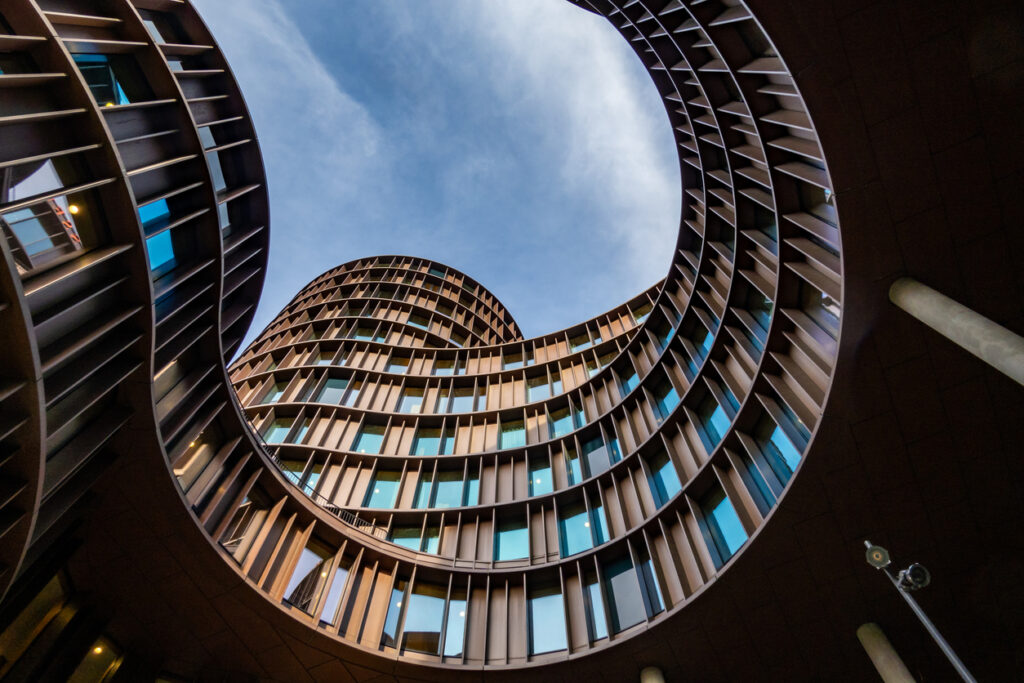In the ever-evolving landscape of building automation, a new paradigm is emerging: Smart Building as a Service (SBaaS). This model takes the advanced technology of smart building management and energy optimization and wraps it up in a subscription-based package, making cutting-edge innovation accessible to more than just the largest players in the market. As industries everywhere are embracing the shift toward as-a-service models, SBaaS is positioned to transform how we think about and manage buildings, providing both economic and operational benefits.
What is Smart Building as a Service (SBaaS)?
At its core, SBaaS is a service model that allows building owners and facility managers to subscribe to a suite of smart building technologies and services. This model includes everything from HVAC and lighting control to energy management systems, occupancy sensors, and even security infrastructure. The key innovation of SBaaS is its accessibility: by offering these services through a subscription, the upfront costs that have traditionally acted as barriers to entry for smaller property owners are significantly reduced.
Instead of purchasing and maintaining expensive equipment, which also involves dealing with the inevitable obsolescence that comes with fast-evolving technology, subscribers can access the latest and greatest in building automation with minimal capital investment. Essentially, SBaaS democratizes smart building technology, opening the door for small and medium-sized enterprises (SMEs) to benefit from sophisticated systems previously reserved for larger corporations.
Making Advanced Automation Accessible
Historically, smart building technology has been the domain of large corporations with deep pockets. Implementing a comprehensive building management system (BMS) often required substantial capital expenditures on hardware, software, and integration services, not to mention the ongoing costs of maintenance, updates, and training. For many smaller property owners, these costs were prohibitive, forcing them to rely on outdated, inefficient systems or to forgo smart technology altogether.
SBaaS changes this dynamic by lowering the financial barrier to entry. With a subscription model, the significant upfront costs are spread out over time, transforming what was once a capital expense into an operating expense. This shift not only makes it easier for smaller players to adopt the technology but also allows for greater flexibility in managing cash flow and budgeting.
Moreover, because the service provider handles maintenance and updates, subscribers are always working with the latest technology, without worrying about obsolescence or the need for expensive upgrades. This is particularly advantageous in an era where technology is advancing rapidly, and keeping up with the pace of change is a constant challenge.

The Benefits of SBaaS
- Reduced Upfront Costs: The subscription model is the cornerstone of SBaaS, offering significant cost advantages. Building owners no longer need to make large capital investments in hardware or software, allowing them to allocate resources more efficiently.
- Access to Cutting-Edge Technology: By subscribing to SBaaS, users gain access to the most current and advanced technologies in building automation. This ensures that their systems remain up to date, with service providers continuously upgrading the infrastructure to incorporate new features and improvements.
- Scalability: SBaaS offers a level of scalability that traditional models struggle to match. As a business grows or its needs change, the service can be easily scaled up or down, without the need for significant additional investments in infrastructure.
- Operational Efficiency: The ongoing management of the system, including updates, troubleshooting, and optimization, is handled by the service provider. This means that building owners and facility managers can focus on their core business operations, knowing that their building’s performance is in expert hands.
- Improved Energy Efficiency and Sustainability: With SBaaS, buildings can be optimized for energy efficiency through continuous monitoring and adjustments. This not only reduces operational costs but also aligns with the growing emphasis on sustainability and ESG (Environmental, Social, and Governance) compliance. Enhanced energy efficiency is a direct path to reduced carbon footprints, making SBaaS a smart choice for companies committed to environmental stewardship.
- Data-Driven Decision Making: SBaaS providers often include advanced analytics as part of their offering, enabling building managers to make informed decisions based on real-time data. This data-driven approach leads to better resource allocation, improved occupant comfort, and more efficient building operations overall.
The SBaaS Ecosystem: Who’s Involved?
The rise of SBaaS is being driven by a range of stakeholders, from technology companies and service providers to property owners and tenants. Technology companies develop the sophisticated software and hardware that make smart buildings possible, while service providers package these technologies into user-friendly offerings.
Property owners and facility managers, especially those overseeing smaller or older buildings, are increasingly turning to SBaaS as a way to modernize their infrastructure without the daunting costs and complexities of doing it themselves. In turn, tenants benefit from better-managed buildings that offer improved comfort, safety, and energy efficiency.

Challenges and Considerations
While the benefits of SBaaS are compelling, the model is not without its challenges. One potential concern is the reliance on external providers for critical building functions, which can create issues around control and data ownership. Property owners need to carefully consider the terms of service agreements and ensure they retain adequate control over their building systems and the data generated by them.
Another consideration is the potential for service disruptions. As with any service model, SBaaS is only as reliable as the provider. Building owners must conduct due diligence to select reputable providers with a track record of reliability and strong customer support.
Finally, there is the issue of customization. While SBaaS offerings are becoming more flexible, they may not always meet the unique needs of every building or owner. It is important to evaluate whether a provider can tailor their services to suit specific requirements or if compromises will need to be made.
The Future of SBaaS
The rise of SBaaS is more than just a trend; it represents a fundamental shift in how we think about building management. As more property owners and facility managers recognize the advantages of this model, we can expect to see rapid growth in its adoption. Additionally, as technology continues to advance, the capabilities of SBaaS offerings will only improve, making smart building technology even more accessible and effective.
In a world where technology is advancing at breakneck speed and sustainability is no longer optional, SBaaS offers a practical, forward-thinking solution. By making advanced building automation accessible and affordable, SBaaS is not only helping smaller players stay competitive but is also paving the way for smarter, more efficient buildings everywhere.
As we look to the future, it is clear that SBaaS will play a crucial role in shaping the next generation of smart buildings—buildings that are not just more efficient and sustainable, but also more responsive to the needs of their occupants and the environment. This is not just a service; it’s a revolution in how we manage and inhabit our built environment.

